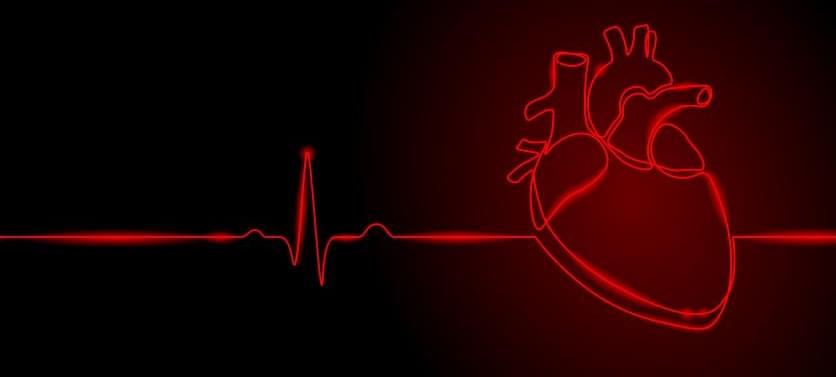The procedure is a long, long way from being applicable to humans, the researchers stress. But their findings, published today in Nature Cardiovascular Research, reshape our understanding of the regenerative capabilities of the heart – and possibly other organs – and how they might be enhanced through preventive medical intervention.
“It’s a proof of concept,” says Tzahor, “and it points to new avenues of research that examine giving heart treatment not only after the damage happens, but from a preventive position that increases the capacity for recovery from an injury before the damage even occurs.”









Comments are closed.